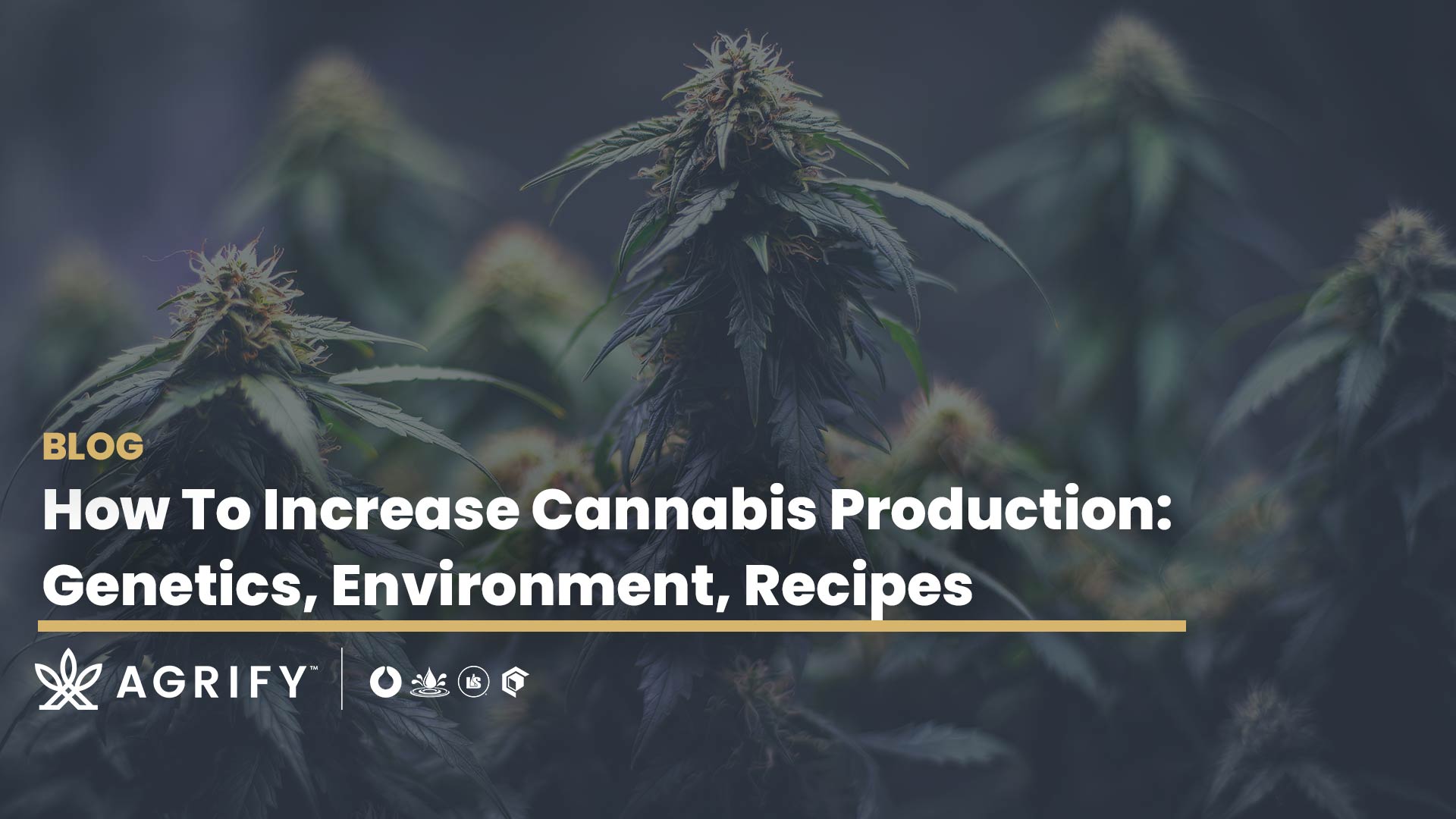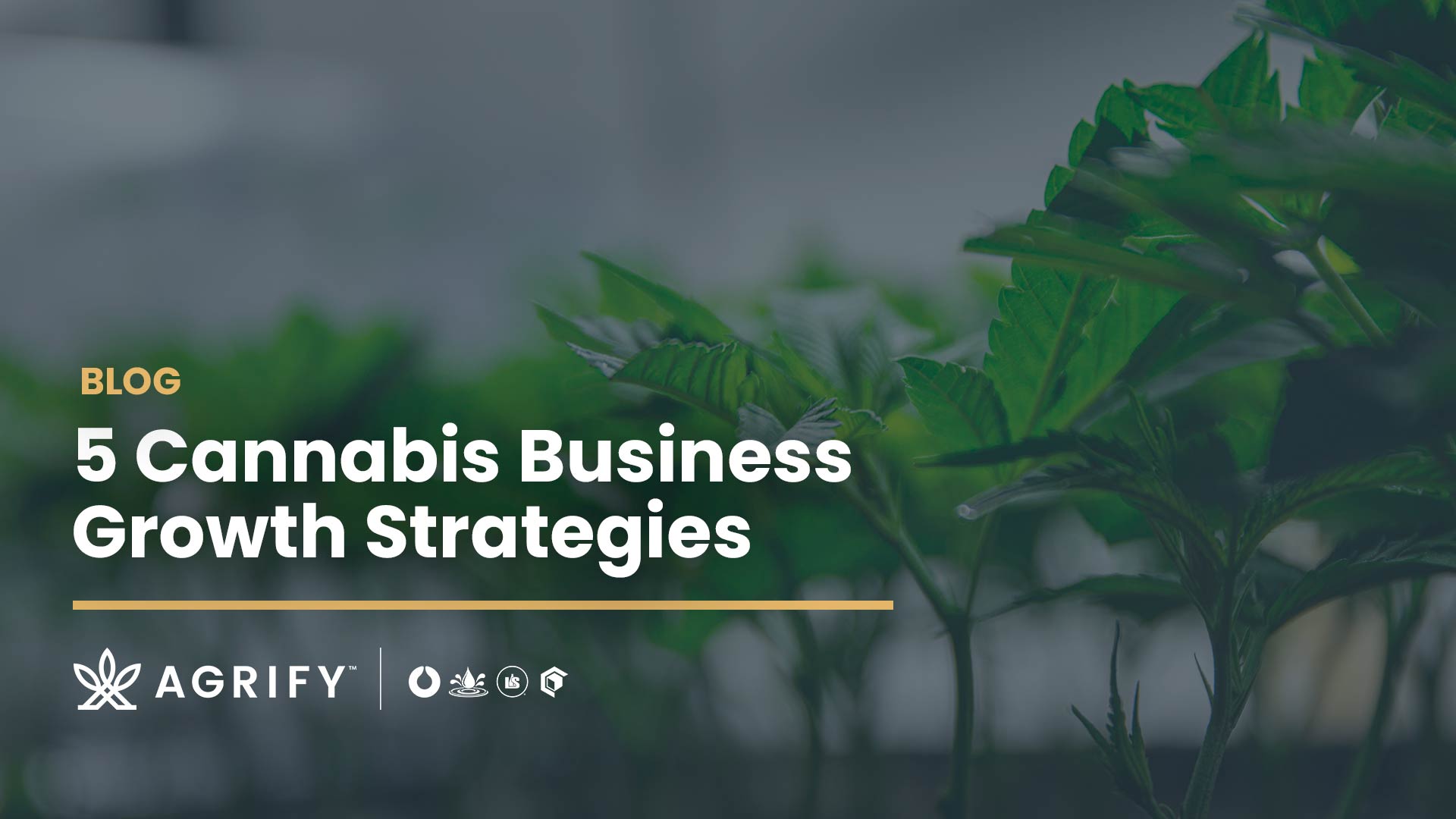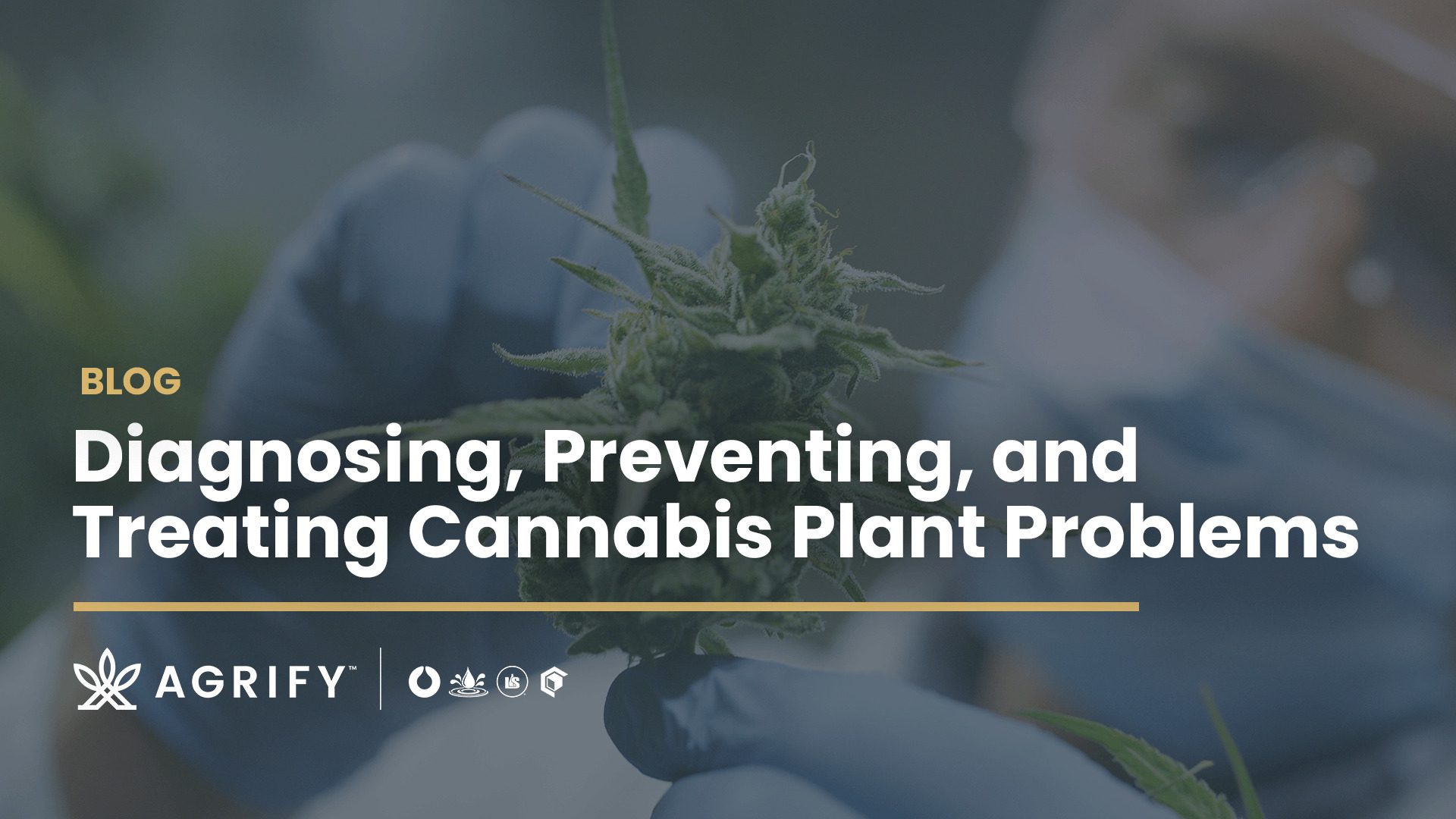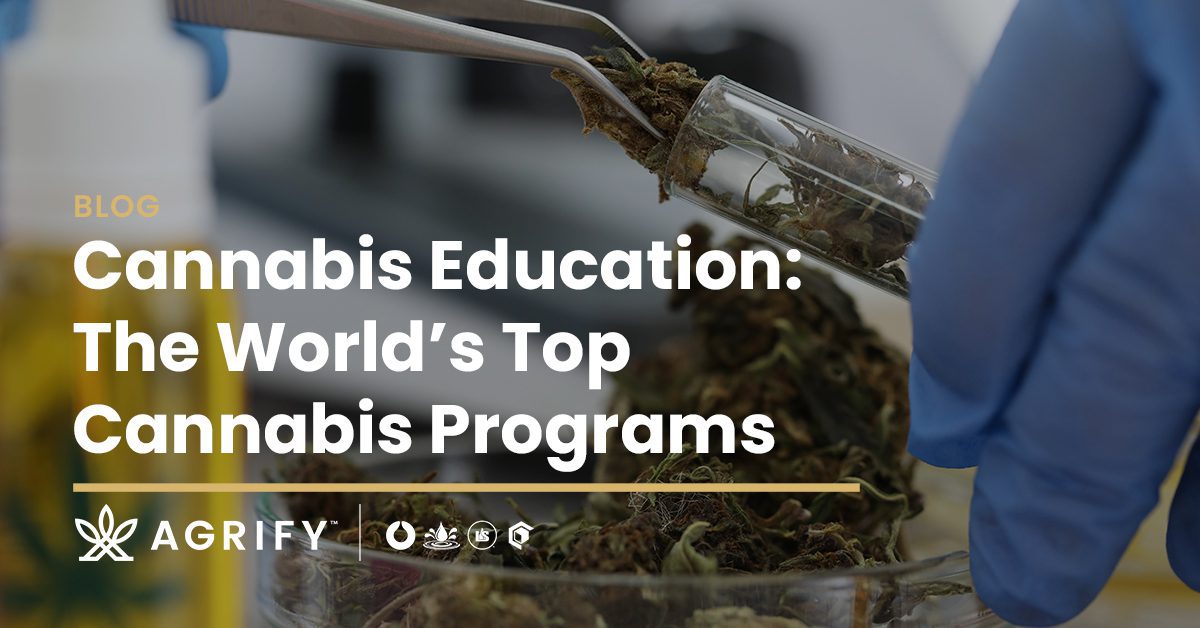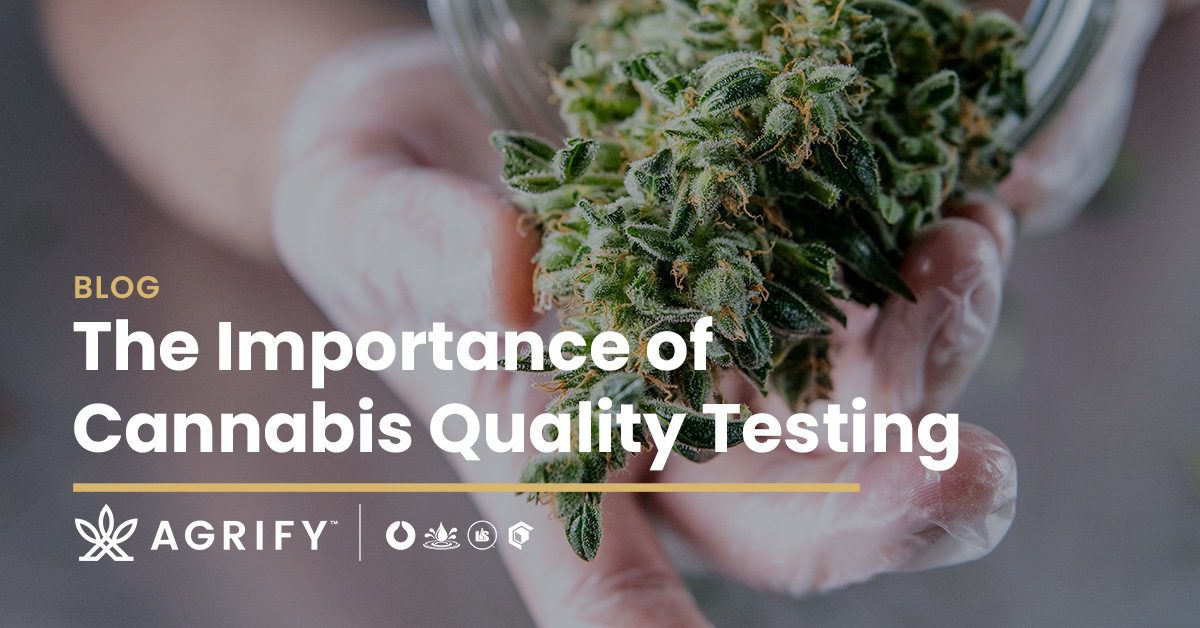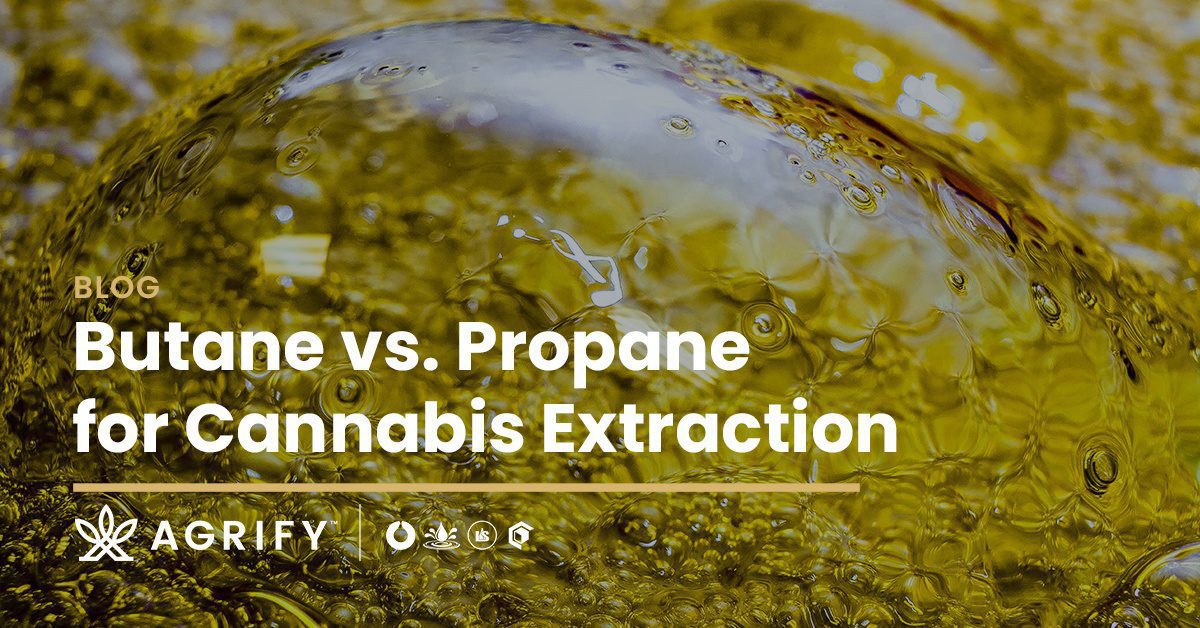
Temperature is a core component of indoor cannabis cultivation. While it’s true that cannabis can grow like a weed in certain places, the consistency and repeatability of a controlled indoor environment are what produce perfection and ensure commercial profitability.
Unregulated temperature, humidity, or lighting in a grow room leads to unpredictable harvests and variability from one crop cycle to the next. This means temperature management is a fundamental tenet that commercial cannabis producers must learn to master and apply in their facilities.
The Fundamental Role of Temperature in Plant Development
Temperature influences plant development. It helps dictate the speed and efficiency of photosynthesis, transpiration, respiration, germination, and flowering.
As environmental temperature increases, it stimulates increases in the rate of photosynthesis, transpiration, and respiration. But there is an ideal range for these activities; too high or too low, and plants struggle to reach their potential.
For example, studies on cannabis growth have determined that if the grow room temperature is too high (35°F and over), there is an adverse impact on photosynthesis and water use efficiency.
Another valuable and related condition is the difference in temperature from night to day. In cannabis cultivation, cooler nighttime temperatures (mirroring seasonal fall changes) encourage flower development. In vegetative, night-day temperature fluctuations influence plant structure.
Of course, it’s a bit more complicated than just dialing in temperature as it’s interrelated to other elements including relative humidity (RH), vapor pressure deficit (VPD), and even CO2 levels. Grow room temperatures are one lever among many for directing plants into vegetative and flowering stages and towards specific cultivation goals.
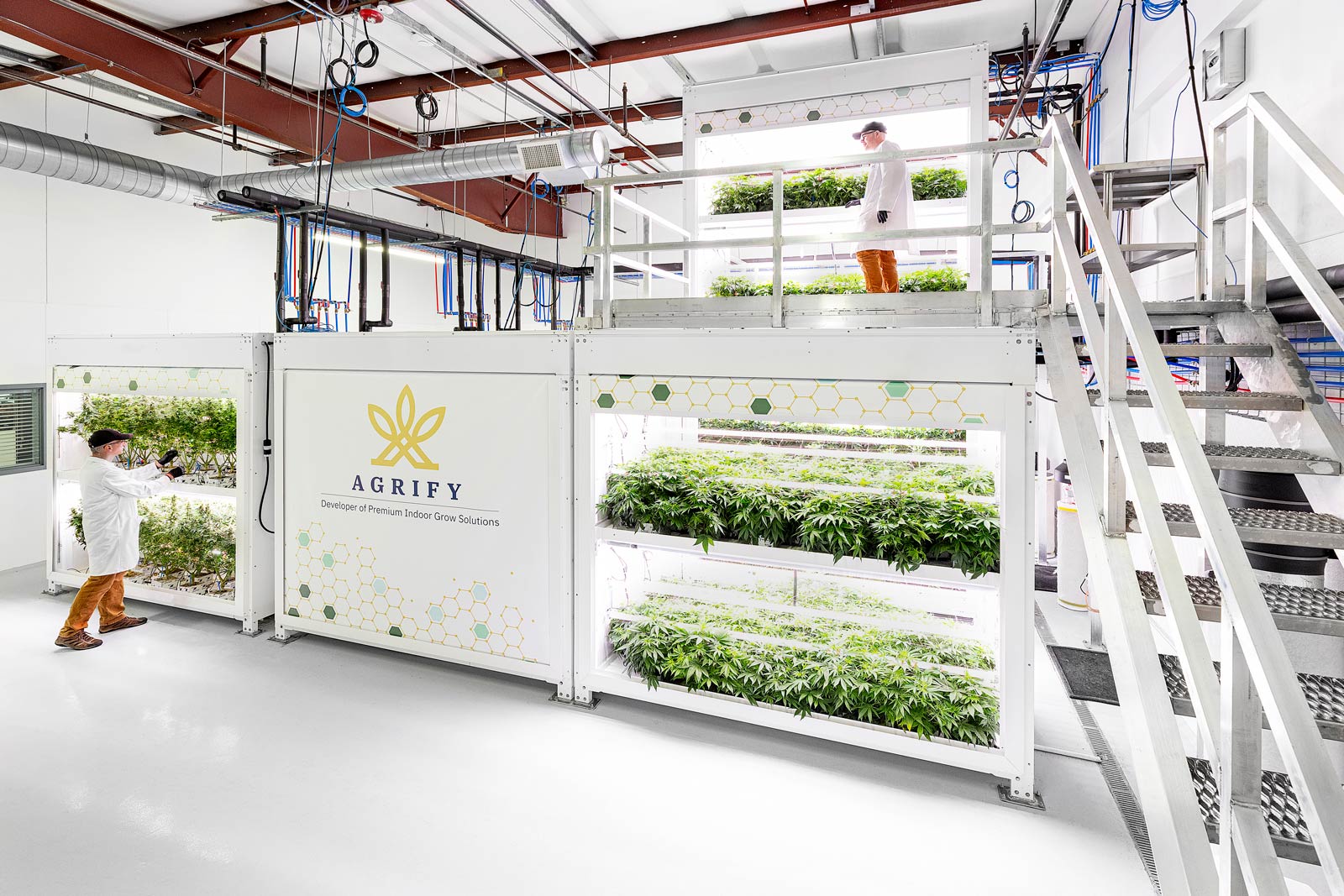
The Ideal Temperature for Propagation
- Temperature range of 65 – 70°F (16 – 21°C)
- Humidity range of 50 – 70 percent
- Target CO2 of 400 PPM
Cannabis cuttings and clones require a lower-stress environment in the initial stage. As young cuttings focus on root establishment, they need lower temperatures and less intense lighting than other growth phases. Cuttings and clones just don’t have enough internal resources (roots and leaves) to harness the power of higher temperatures.
The propagation room aims to create a nurturing environment with consistent temperatures from day to night. Strive to maintain 65 to 70°F and an RH of 50 to 70 percent.
The Ideal Humidity for Vegetative
- Day temperature range of 76 – 78°F (24 – 25°C) | Night temperature range of 65 – 68°F (18 – 20°C)
- Relative humidity set to 60 percent (Safe range 50 percent – 75 percent)
- Target CO2 within 700 – 1,200PPM
The goal of the vegetative period is to produce a strong foundation for flowering. This translates into creating an environment conducive to the prolific production of leaves and stems. Although cultivar and facility design dictate the ultimate goals for overall canopy structure, the atmosphere in veg needs to foster greater photosynthetic capacity.
The ideal temperature range in vegetative is 76 to 78°F during the day, with a cooler range of 65 to 68°F at night. Humidity stays roughly the same as in propagation, usually hovering around 60 percent. These conditions support a low-stress environment while giving the plants more resources to encourage robust leaf and stem development.

The Ideal Humidity for Flower
- Day temperature range 72 – 85°F (22 – 29°C) | Night temperature ange 55 – 70°F (12 – 21°C)
- Relative humidity set to 50 percent (Safe range 45% – 60%)
- Target CO2 within 400 – 1,500PPM
Outdoors, as the seasons shift from summer to fall, the changing conditions convince cannabis plants to move into flower production. Starting in August, temperatures often hit their highest all summer, but at night, they cool down by ten degrees or more.
Inside the grow room, conditions need to mirror these seasonal fluctuations, albeit with much more consistency and control. This triggers plants to move out of vegetative development and into bloom. The ideal daytime range in flower should be between 72 and 85°F, while the room can drop to as low as 55 to 70°F at night.
Temperature Control for Better Crop Management
Temperature control (alongside RH, lighting, VPD, and other environmental elements) is one of the core aspects of indoor crop management. The greater the degree of control, the greater the predictability and consistency of the outcome.
Each element plays into one another, which means temperature control doesn’t exist in a silo. Instead, grow room temperature is one factor intersecting with and influencing a greater ecosystem.
Cultivators need real-time data-driven insights from their plants to achieve consistency, repeatability, and predictability. This intel helps growers monitor growth, pivot where needed, and steer cannabis towards production goals.
Agrify is driving better crop management through improved climate control and smarter environmental insights. With Agrify, each vertical farming unit is a compartmentalized microclimate. The climate is constantly monitored and easy to control, which means no temperature spikes or other nasty surprises.
Agrify Solutions enables craft-quality cannabis at scale, with real-time climate monitoring and controls accessible through the Agrify Insights remote dashboard. Agrify promises better consistency and bigger yields than any other indoor cultivation technology.
